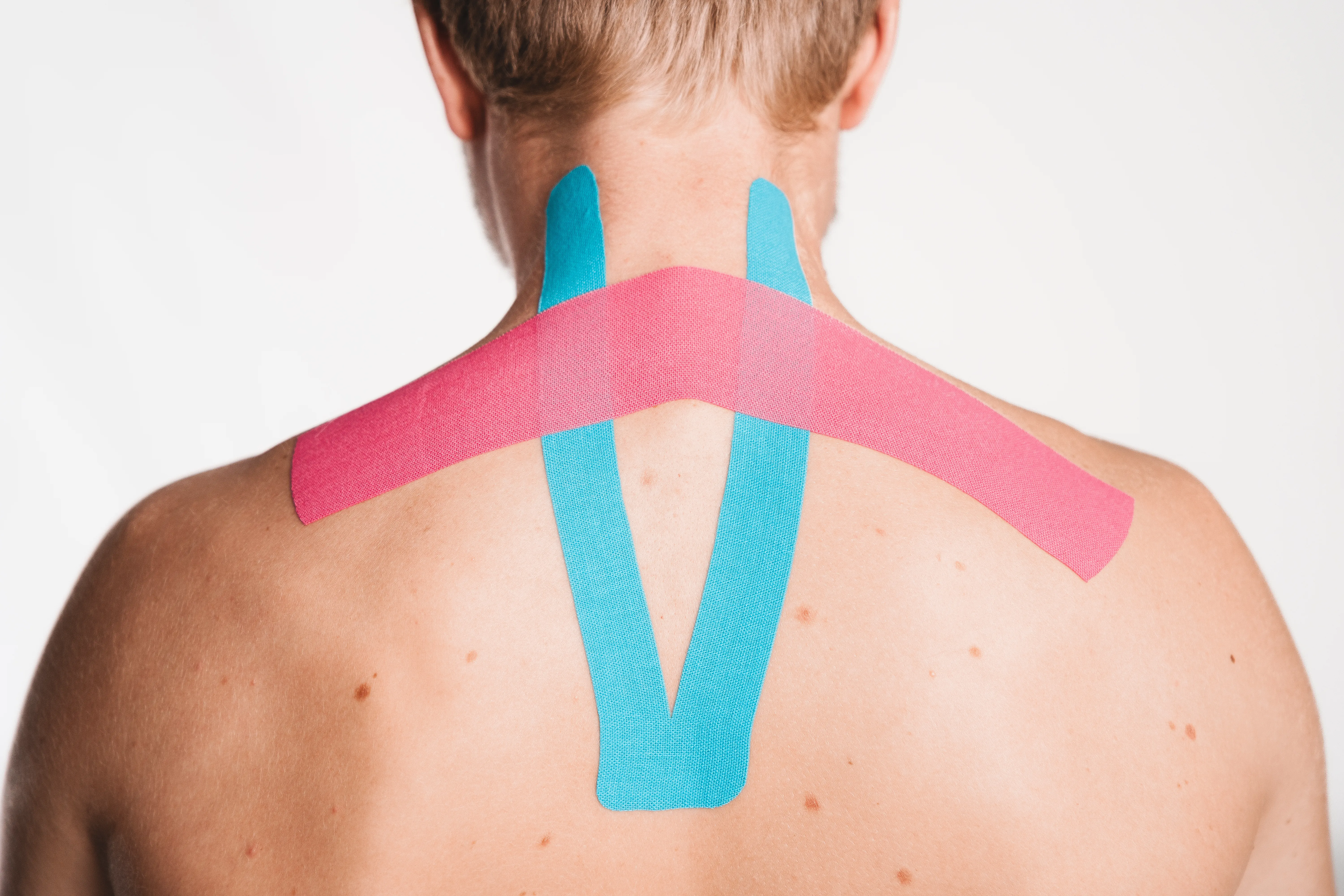Neck pain
Neck pain is a common problem everyone has probably experienced at one time or another, whether it’s due to an awkward sleeping position or muscle tension in the shoulder and neck area. Common triggers for these complaints are muscle tension, poor posture, overuse or injury. They can occur acutely or chronically and considerably restrict mobility. Typical accompanying symptoms are stiffness, neck tension, headaches and occasionally pain that can radiate into the shoulder or arm.



